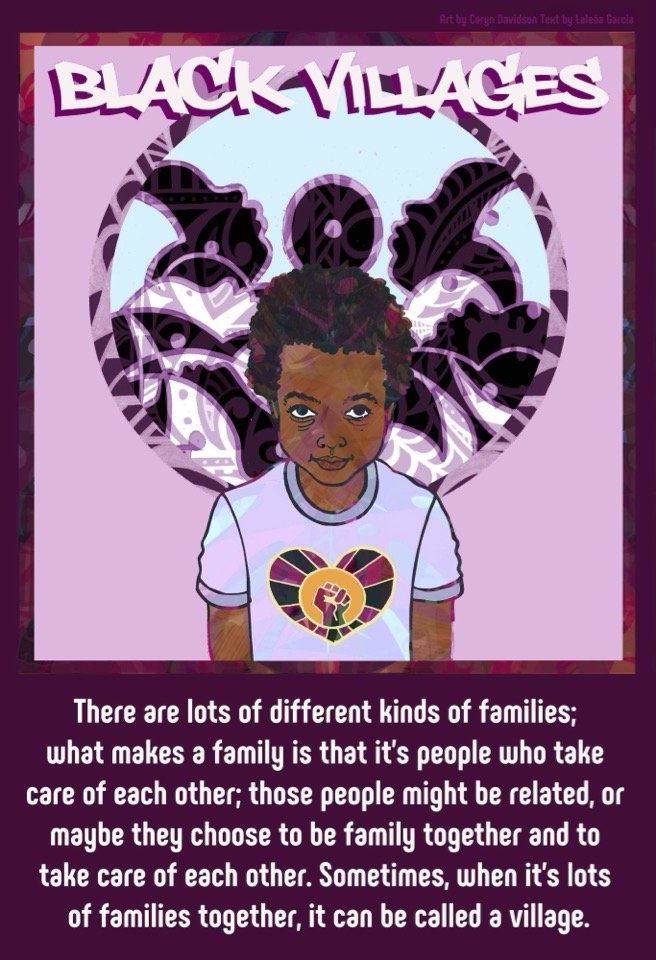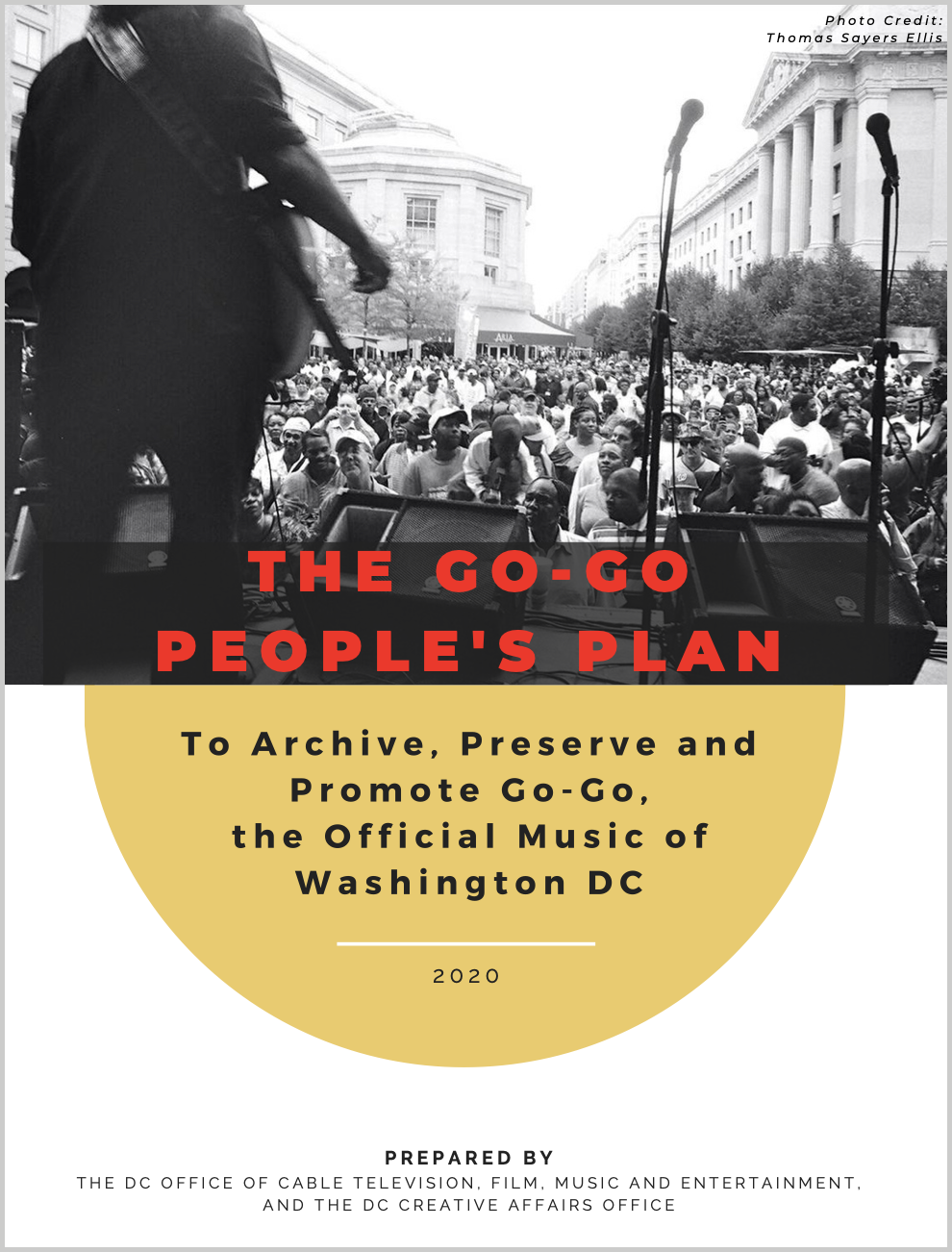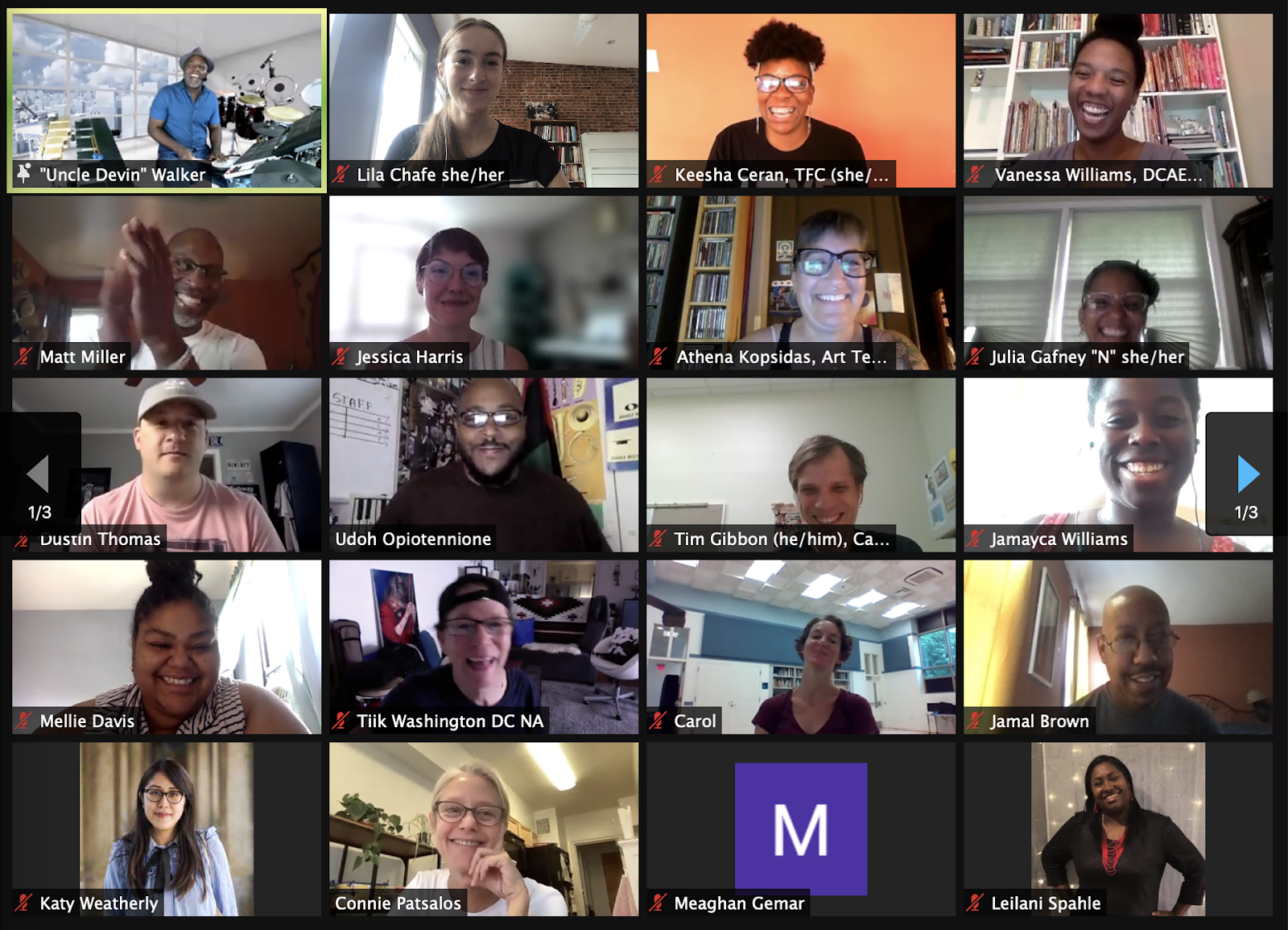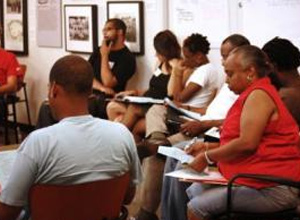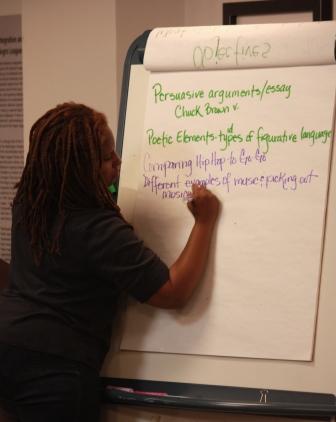A Beat & Basketball: Capital City Go-Go Education Day Games With Teach the Beat
Teach the Beat was honored to partner with Capital City Go-Go for another season co-hosting not one, but TWO Education Day games, bringing thousands of young people and teachers from across the D.C. metro area to fill the Entertainment & Sports Arena at St. Elizabeth’s East, home of the Washington Mystics and the Capital City Go-Go.
Go-Go Education Day fuses a basketball game with the distinctive sound of go-go music. Students have an interactive experience to help them learn about the rich history related to go-go music and its role in D.C. culture.
The February 8, 2024, Education Day Game coincided with this year’s Black Lives Matter at School Week of Action. Over 2,000 students and teachers were able to see the 13 guiding principles in a beautiful pop-up display and learned that Teach the Beat uplifts the Intergenerational, Black Villages, and Unapologetically Black guiding principles.
The Uncle Devin show brought down the house with pre-game entertainment as classes entered the arena and found their seats.
Vanessa Williams, program manager of Teaching for Change’s D.C. Area Educators for Social Justice (DCAESJ), which coordinates Teach the Beat, and Keesha Ceran, deputy director of Teaching for Change welcomed attendees from center court with in-game host Kyle. Vanessa and Keesha invited educators to bring Teach the Beat to their classrooms, celebrated Black Lives Matter at School Week of Action, and shared more about DCAESJ.
Education Day was not only a blast for everyone in attendance, but also for the Teach the Beat team. For the first time, The Uncle Devin Show, featuring two Teach the Beat teaching artists, “Uncle” Devin Walker and Matt “Swamp Guinee” Miller, partnered with founding teaching artists, JuJu House and “Sweet” Cherie Mitchell-Agurs! Between sound check and downtime, the four musicians chatted as if they had been old friends.
Their half-time Teach the Beat session was as if they played together for years! Teachers were over the moon to hear go-go anthems like Mister Magic and Sardines. One teacher shared with Sweet Cherie after the set,
Thank you for throwing back songs from my childhood, too! You played for our generation!
Somebody say FIELD TRIP? Somebody say GO-GO? Yes, please! Knights enjoyed go-go and basketball today courtesy of @CapitalCityGoGo @CenterOnPBIS pic.twitter.com/xWepTK8ALa
— GholsonKnights (@gholson_knights) February 9, 2024
Throughout the game, Teach the Beat was featured in the bright lights of the jumbotron, welcoming students ahead of the game, featuring excerpts from Go-Go Sound of Summer, and JuJu on the congas for a Go-Go tradition — Match that Beat. Attendees got to meet the teaching artists who signed autograph cards to commemorate the experience.
It didn’t hurt that the Go-Go took a win beating the Rio Grande Valley Vipers 133 to 110 for their third straight win of the season!
The March 5, 2024, Education Day game was power packed with another 2,000 plus students and teachers from schools across the D.C. metro area in attendance. We were thrilled to see so many schools and educational partners in attendance for a second time, including The Bridges Academy.
Students were amped up creating signs for the game.
One student stopped Sweet Cherie and shared that he had met her during a Teach the Beat session at his elementary school. The student now in high school was thrilled to say hello and asked to take a selfie to commemorate the moment.
The Go-Go took another win, beating the Motor City Cruise 115 - 99.
In addition to the Education Day Games, Capital City Go-Go hosted a Beat of D.C. fundraiser with the sale of the remaining home 2023 - 2024 game tickets. Game attendees received a Beat of D.C. t-shirt and $10 of the ticket sales will fund Teach the Beat classroom visits, with a goal to bring 10 more classroom visits to D.C. area schools for the 2023-2024 school year.
Teach the Beat’s partnership with Capital City Go-Go began in the 2022 - 2023 season. Teach the Beat participated in The Go-Go The Beat Keeps Going Game, hosted a Teach the Beat session with The Go-Go and staff during Black Lives Matter at School Week of Action 2023, and was the featured partner in the 2022 - 2023 Capital City Go-Go Education Day Game.

